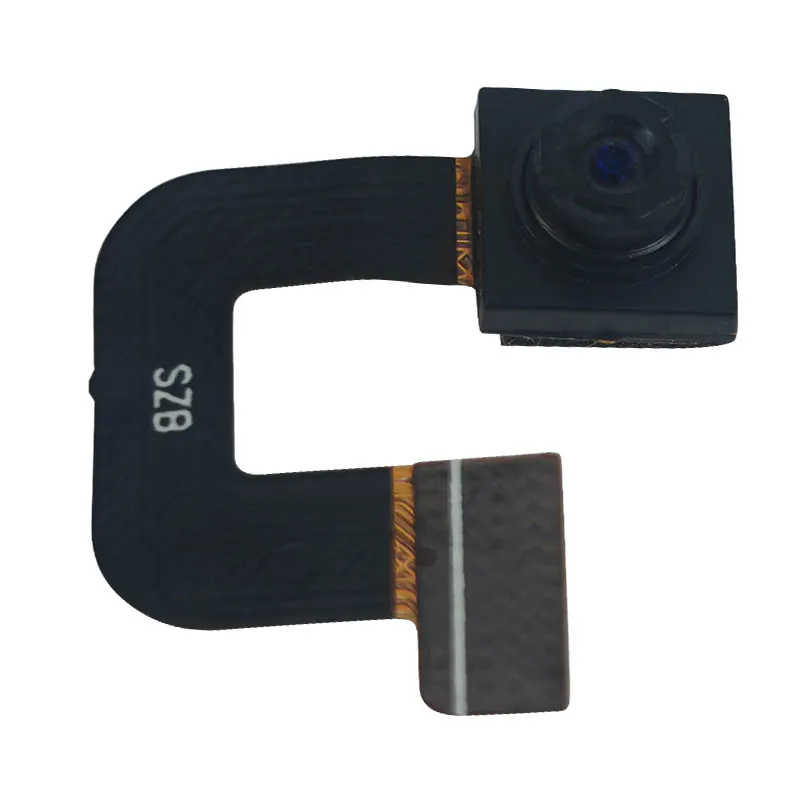What Makes Camera Modules Essential for Modern Technology?
2024-11-26
In today’s digital age, cameras have become an integral part of many electronic devices, from smartphones and tablets to security systems and automotive applications. At the heart of these cameras lies the camera module, a compact unit that integrates all the necessary components for capturing high-quality images or videos. But what exactly makes camera modules so crucial for modern technology, and how have they evolved to meet the growing demands of various industries? Let’s explore why camera modules are more important than ever.
What Is a Camera Module?
A camera module is a small, self-contained unit that includes all the key elements required for capturing images or videos. It typically consists of a sensor (such as CCD or CMOS), lens, image processing circuitry, and sometimes additional features like autofocus or optical image stabilization. These modules are designed to be easily integrated into a wide range of electronic devices, making them an essential component for countless applications.
Whether it’s for capturing moments on your phone, monitoring your home with a security camera, or enabling the advanced features in autonomous vehicles, camera modules play a pivotal role in the functionality of these devices.
How Have Camera Modules Evolved?
1. From Basic to High-Resolution Imaging
The earliest camera modules, primarily used in early mobile phones, had relatively low resolution and were often used only for basic functions like video calling or simple snapshots. However, as the demand for better image quality grew, camera modules evolved to support higher resolutions (from VGA quality to today’s 108MP+ sensors) and more advanced features like HDR (High Dynamic Range), 4K video recording, and zoom capabilities.
These advancements have allowed camera modules to be used for a variety of sophisticated applications beyond simple photography, including augmented reality (AR), biometric scanning, and machine vision.
2. Miniaturization and Integration
One of the key drivers of camera module development has been miniaturization. As consumer electronics, particularly smartphones, have become thinner and more compact, camera modules have been designed to fit into increasingly smaller spaces without sacrificing performance. Today, manufacturers produce ultra-thin camera modules that can capture high-quality images while being integrated into devices with minimal bulk.
In addition to size, integration has also played a significant role. Today’s camera modules often come with integrated features such as autofocus, image stabilization, and high-performance sensors, allowing them to offer a range of functions in a single, compact unit.
3. Enhanced Low-Light Performance
Improving low-light performance has been a major area of focus for camera module manufacturers. Advances in sensor technology, like larger pixel sizes, faster shutter speeds, and advanced noise reduction algorithms, have made it possible for camera modules to deliver clear, sharp images even in challenging lighting conditions. This is particularly important for applications in security, automotive, and surveillance, where visibility in low-light or nighttime settings is essential.
What Are the Key Applications of Camera Modules?
1. Smartphones and Consumer Electronics
The most obvious application for camera modules is in smartphones. They are used for photography, video recording, face recognition, and even augmented reality. As mobile phone manufacturers continue to enhance the imaging capabilities of their devices, camera modules have evolved to offer features like multiple lenses (wide, ultra-wide, telephoto), optical image stabilization, and AI-enhanced photography.
Camera modules also play a role in other consumer electronics like tablets, laptops, and even wearables, where the demand for high-quality imaging is growing rapidly.
2. Automotive Industry
The automotive industry has become a major consumer of advanced camera modules. Cameras are now used extensively in advanced driver-assistance systems (ADAS), such as lane departure warnings, parking assistance, and adaptive cruise control. In autonomous vehicles, camera modules are essential for providing real-time visual data for navigation, obstacle detection, and safety.
These systems rely on high-resolution cameras with wide fields of view and excellent performance in various lighting and weather conditions.
3. Security and Surveillance
Security cameras and surveillance systems are one of the oldest and most common uses of camera modules. Whether it's monitoring homes, businesses, or public spaces, camera modules are integral to capturing high-quality images for video surveillance. Modern security camera modules offer features like motion detection, night vision, remote monitoring, and cloud storage, all of which are powered by advanced image sensors and processing algorithms.
4. Industrial and Machine Vision
In industrial automation, machine vision systems use camera modules for quality control, robotics, and production line monitoring. High-resolution cameras are essential for detecting defects, guiding robotic arms, and ensuring precise manufacturing processes. These camera modules must meet stringent requirements for accuracy, speed, and durability, often operating in harsh environments with challenging lighting conditions.
5. Medical and Healthcare Applications
In the medical field, camera modules are used in applications ranging from endoscopy and diagnostic imaging to patient monitoring and even telemedicine. High-definition camera modules enable clear imaging of internal organs and tissues, providing critical data for diagnosis and treatment. Miniaturization also plays a key role, allowing for non-invasive and minimally disruptive imaging solutions.
What Are the Challenges in Camera Module Development?
While camera modules have come a long way, there are still several challenges that manufacturers face in developing the next generation of cameras.
1. Image Quality vs. Size
One of the ongoing challenges in camera module design is balancing image quality with compactness. As devices become thinner and smaller, there is less space for large sensors or lenses, which can limit the quality of the images produced. Engineers must find innovative ways to improve image resolution, dynamic range, and low-light performance without compromising on size.
2. Cost and Manufacturing Complexity
As camera modules become more advanced, the cost of production increases. High-quality sensors, advanced optics, and intricate image processing systems can all add to the price. Manufacturers need to balance the cost of production with consumer demands for affordability.
3. Data Processing and Bandwidth
As the resolution of camera modules increases, so does the demand for data processing power and bandwidth. Handling high-resolution images or videos, especially in real-time applications, requires significant computational resources and fast data transfer speeds, creating potential bottlenecks for devices and systems that rely on these modules.
Conclusion
Camera modules are at the core of many of the technologies that we interact with every day. From enhancing the quality of smartphone photos to enabling advanced safety features in vehicles, these compact components play a vital role in the functionality of modern devices. As they continue to evolve, camera modules will only become more powerful and versatile, enabling even more innovative applications in fields ranging from healthcare to industrial automation.
The future of camera modules holds exciting possibilities, and with continued advancements in sensor technology, AI integration, and miniaturization, we can expect even more impressive features and capabilities in the years to come.



